In Photos: Ancient Egyptian School Discovered
School house

Archaeologists have discovered a school, with Greek writings on its walls, at the ancient town of Trimithis at the Dakhla Oasis in the western desert of Egypt. Built about 1,700 years ago, it was in use for less than 20 years until it was closed and its buildings absorbed into a house owned by a town councillor named Serenos. The school may have closed because the teacher at the school moved or died. This image shows one of the schoolrooms and a text written by the teacher in red ink. [Read full story on ancient school]
Teacher text

The teacher's text tells students to elevate their rhetoric to that of the gods and to "work hard for me, toils make men manly." When the school was closed, the owner of the house, Serenos, had this text preserved even though the room was being used for storage. [Read full story on ancient school]
Model composition
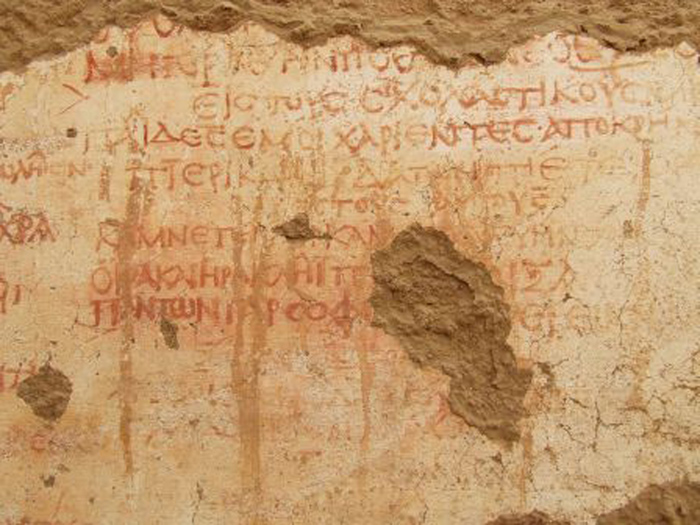
The teacher's text (shown here) was written very carefully and was apparently a model for composition. At the time it was written Egypt was part of the Roman Empire and Greek was widely spoken. [Read full story on ancient school]
Stand up
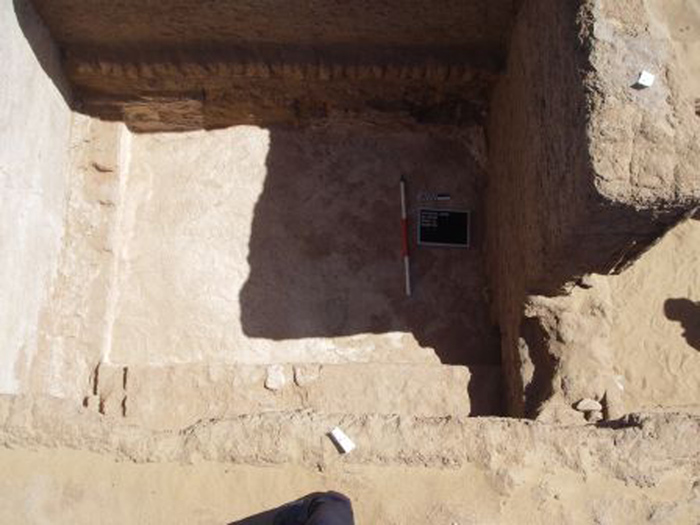
The school contains benches that students could sit on and read, or stand on and write on the walls. [Read full story on ancient school]
Olympian gods

When the school was closed it was incorporated into a house that had a colorful mix of art. This image shows Olympian gods, who can be identified (left to right) by the inscriptions above as Poseidon, Dionysos, Apollo, Herakles, Hephaistos and Helios. The six gods stand beside a seated figure of Polis, a figure that represents the ancient town of Trimithis, which had achieved "Polis" status. This particular image was first discovered in 1979 during a survey and is now being re-studied by the research team. [Read full story on ancient school]
Flute player

This image was found in the recent excavations and appears to show a family (possibly that of Serenos) enjoying a banquet with someone playing the flute. [Read full story on ancient school]
House art
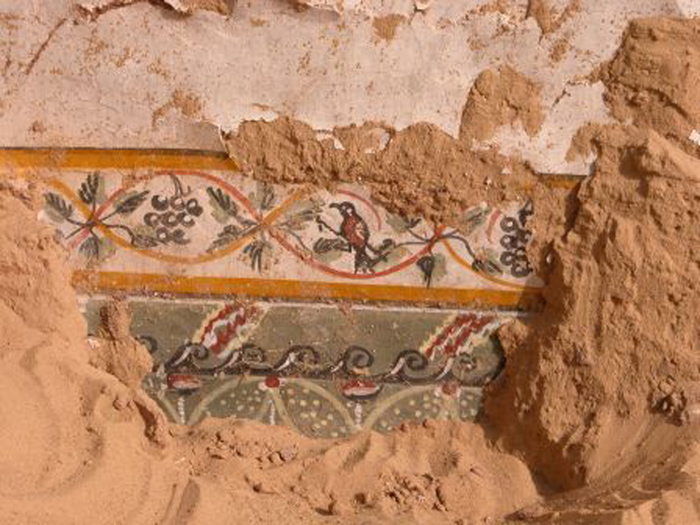
Another recently found work of art in the house, this one containing a pattern that includes a bird and what appear to be grapes. [Read full story on ancient school]
Get the world’s most fascinating discoveries delivered straight to your inbox.
The bird
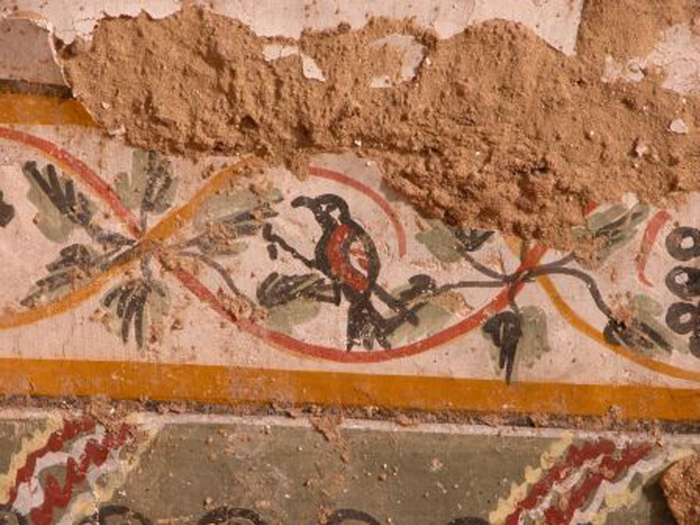
A close-up of the bird from art discovered at the house in Egypt. [Read full story on ancient school]
Dakhla Oasis
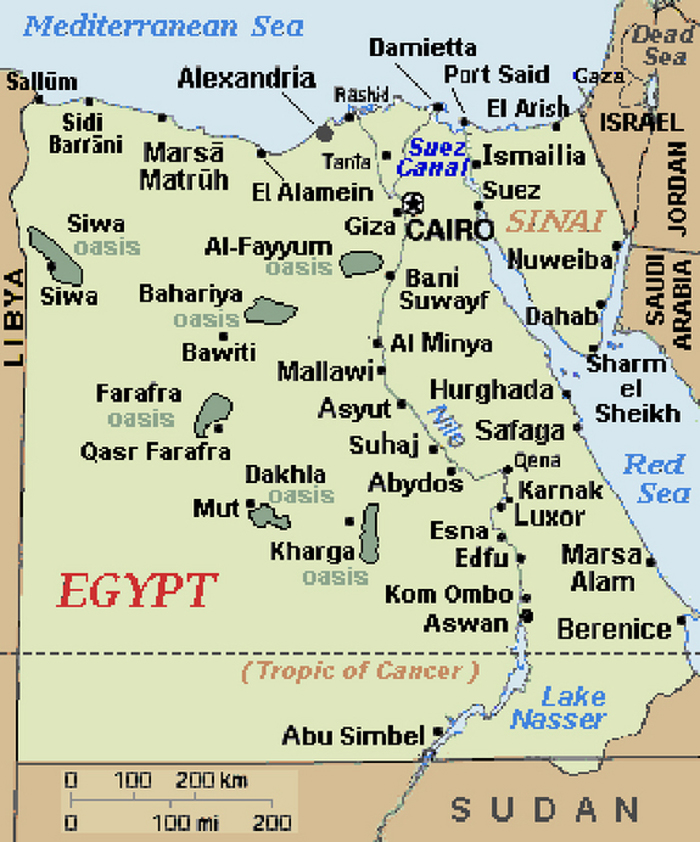
The ancient town of Trimithis (the modern-day name for the site is Amheida) is located in the Dakhla Oasis about 200 miles (322 kilometers) west of the Nile River. The oasis can be seen on this map at lower left. [Read full story on ancient school]

Owen Jarus is a regular contributor to Live Science who writes about archaeology and humans' past. He has also written for The Independent (UK), The Canadian Press (CP) and The Associated Press (AP), among others. Owen has a bachelor of arts degree from the University of Toronto and a journalism degree from Ryerson University.
